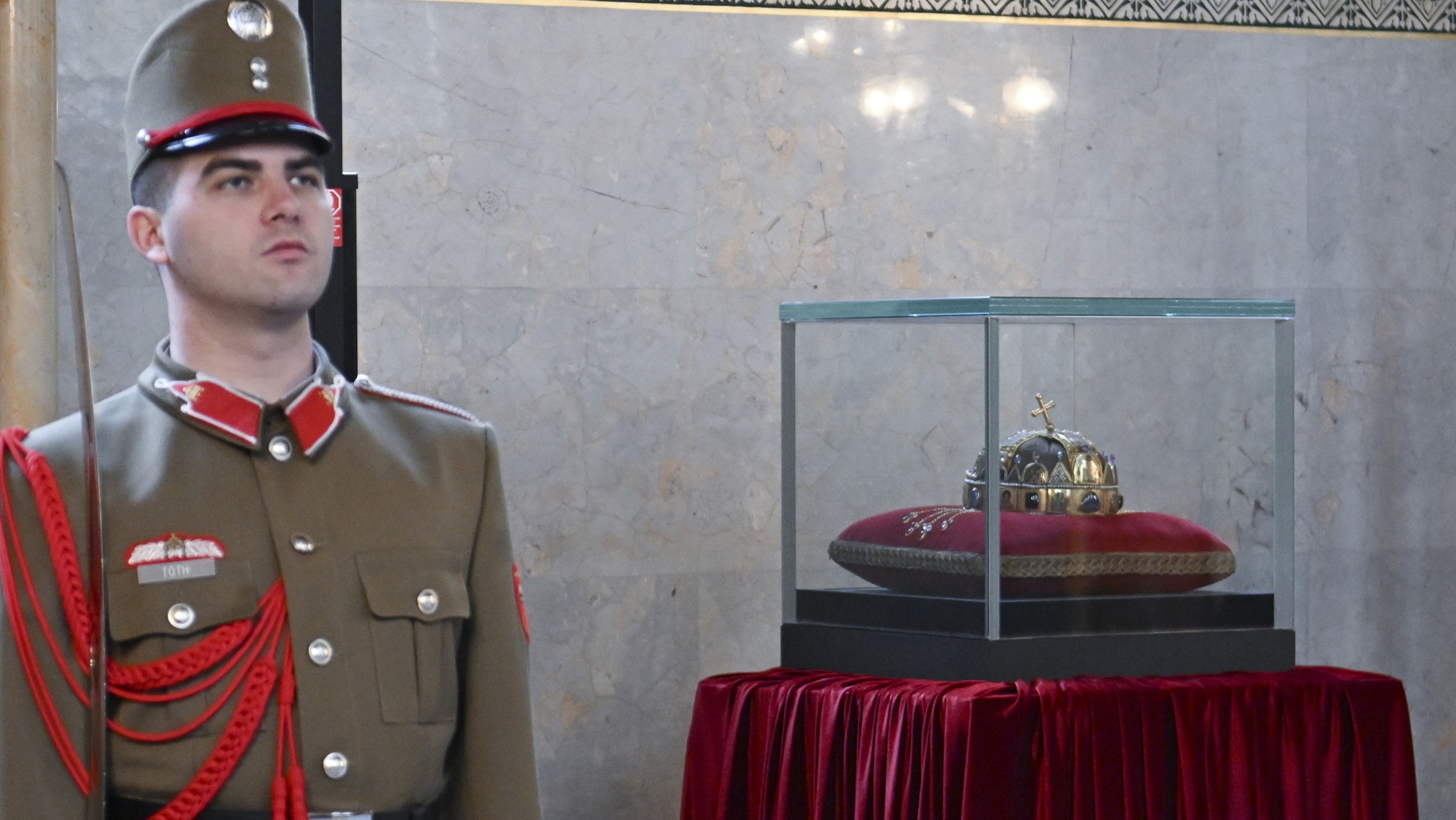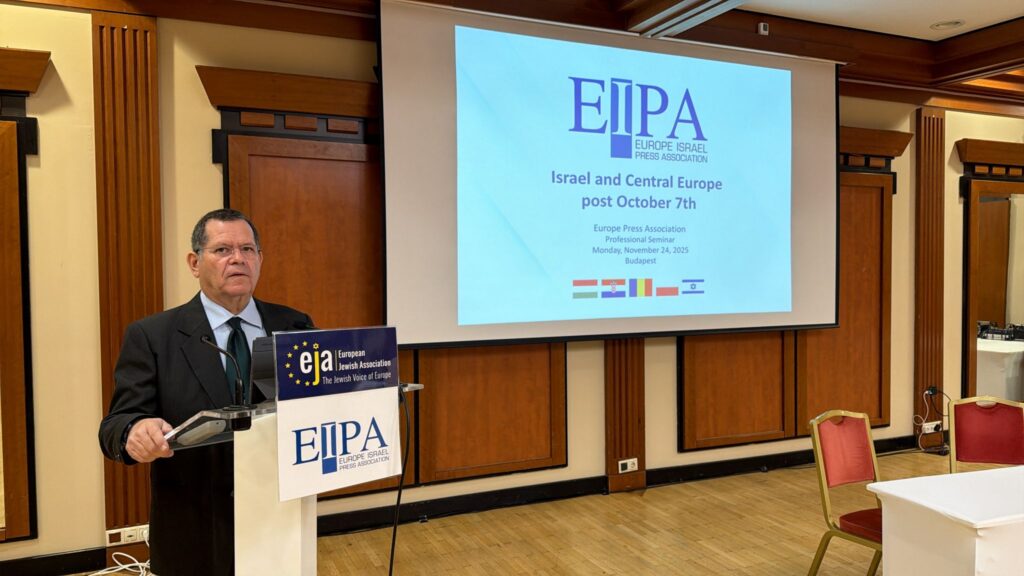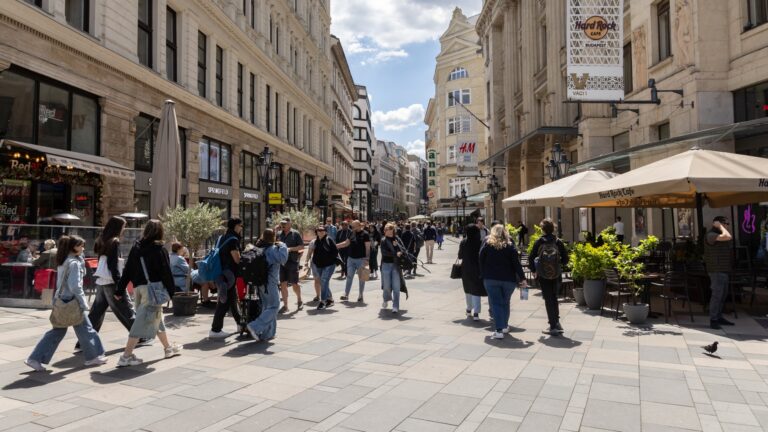The following is the English translation of a press release kindly provided to us by the Mathias Corvinus Collegium (MCC).
A new survey by the MCC Youth Research Institute shows that most young people see the Hungarian flag, the National Anthem, the coat of arms, and the Holy Crown as the country’s most essential national symbols. Among Hungarians aged 15 to 39, the national anthem is regarded as the strongest expression of national feelings.
National identity is often at the centre of today’s political debates. However, there’s little doubt that belonging to a community—whether familial, local, or national—is a basic human need. The national symbols enshrined in the Fundamental Law serve as concrete expressions of this identity. The MCC Youth Research Institute set out to examine how young Hungarians relate to these symbols.
According to the survey, young people view the Hungarian flag (86 per cent), the National Anthem (73 per cent), the coat of arms (64 per cent), and the Holy Crown (52 per cent) as the most important national symbols.
When asked which symbol best conveys national sentiment, respondents again ranked the National Anthem first (86 per cent), followed by the coat of arms (65 per cent), the flag (63 per cent), and the Holy Crown (52 per cent). In contrast, items such as the orb, sceptre, and coronation mantle are generally seen as historical artefacts, rather than expressions of national feeling.
Rural youth place greater emotional weight on the national anthem (88 per cent) than young people in the capital city of Budapest (78 per cent). Attitudes toward the Hungarian flag are consistent across age groups, genders, and place of residence, but views on the coat of arms differ: while 72 per cent of 35–39-year-olds see it as embodying national sentiment, only 54 per cent of 15–17-year-olds feel the same.
Opinions on the Holy Crown are the most divided. While 59 per cent of men feel it expresses national sentiment, only 44 per cent of women agree. Differences also appear across age and geography: older respondents are more likely to see the Holy Crown as a symbol of national feeling. Meanwhile, many young people in Budapest regard it primarily as a historical relic, but rural youth tend to see it as an expression of national identity.
The representative survey was conducted in fall 2025 using a self-administered online questionnaire (CAWI). A total of 1,000 Hungarian citizens aged 15 to 39 participated.
Related articles:







